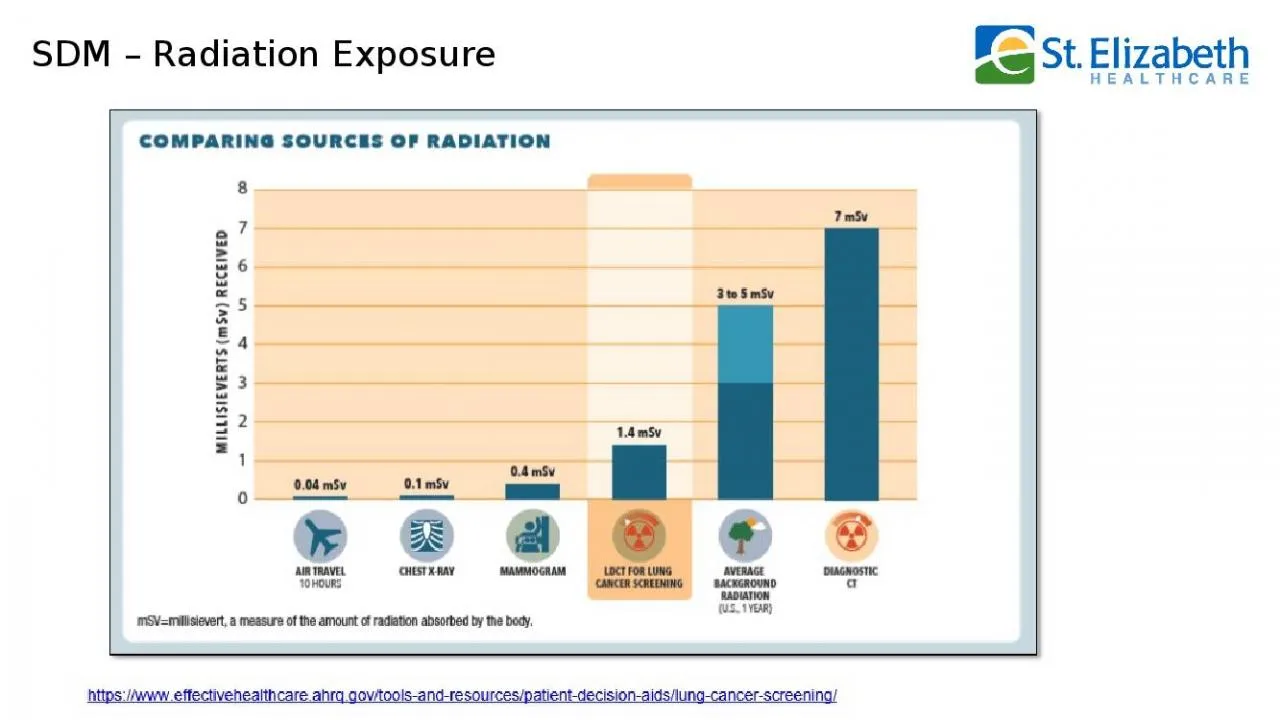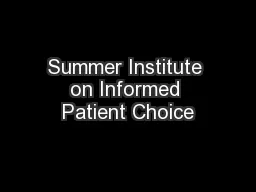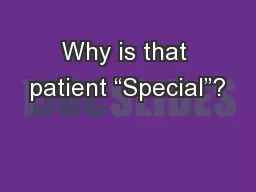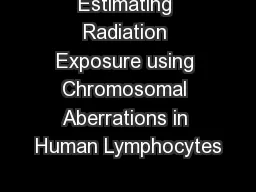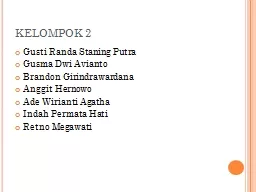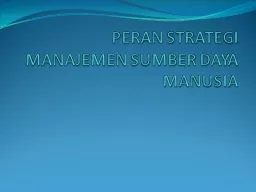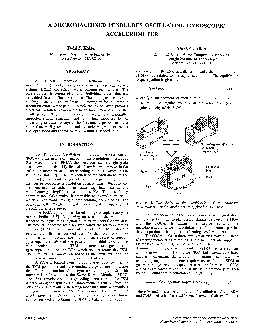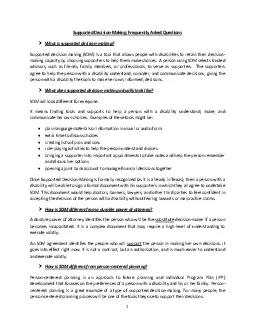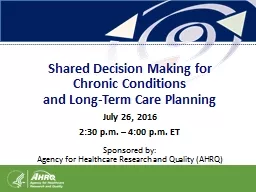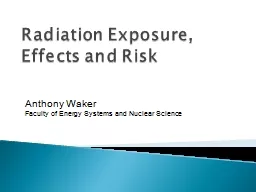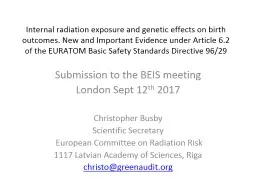PPT-SDM – Radiation Exposure
Author : sophie | Published Date : 2022-02-16
G0296 SDM Aides Ky Cancer Program KCP Ky LEADS Collaborative FlyerPoster for Exam Rooms LUNG CANCER SCREENING LowDose CAT Scan Lowdose Chest CT Lung Cancer Screening
Presentation Embed Code
Download Presentation
Download Presentation The PPT/PDF document "SDM – Radiation Exposure" is the property of its rightful owner. Permission is granted to download and print the materials on this website for personal, non-commercial use only, and to display it on your personal computer provided you do not modify the materials and that you retain all copyright notices contained in the materials. By downloading content from our website, you accept the terms of this agreement.
SDM – Radiation Exposure: Transcript
Download Rules Of Document
"SDM – Radiation Exposure"The content belongs to its owner. You may download and print it for personal use, without modification, and keep all copyright notices. By downloading, you agree to these terms.
Related Documents

